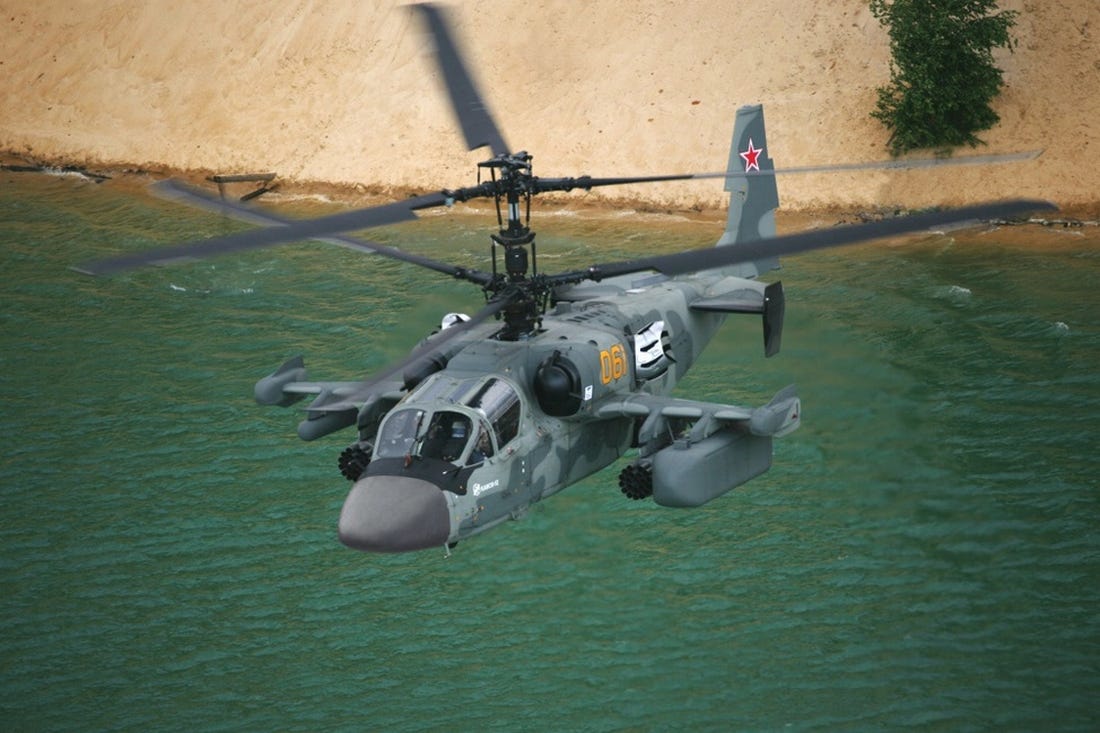
Posted on 08/24/2014 5:51:42 AM PDT by sukhoi-30mki
Russian Ka-52K rivals America’s AH-1Z
Russia’s latest naval attack helicopter just might be the most fearsome ever. Moscow means to deploy the navalized adaptation of the coaxial-rotor Kamov Ka-52 aboard the Russian navy’s controversial, French-built amphibious assault ships.
Without doubt, the current gold standard for maritime attack helps is the U.S. Marine Corps’ Bell AH-1Z Viper, the latest and most capable iteration of the classic HueyCobra—the pioneering gunship that first saw combat during the Vietnam War.
Distinguished from its predecessors chiefly by its four-blade main rotor, the Viper gained entered front-line service in February 2011.
The Boeing AH-64 Apache is widely considered to be the finest attack helicopter of any kind, and it too serves aboard assault ships—although only as part of occasional deployments by the U.S. and British armies.
The latest AH-64E Guardian model debuted at sea aboard the assault ship USS Peleliu during the Rim of the Pacific exercise that took place from June 26 to Aug. 1 near Hawaii.

Ka-52. Russian Helicopters photo There have been efforts to develop a true navalized Apache, but these have come to naught, the heavy gunship losing out in favor of the cheaper AH-1.
Another land-based type, the advanced Eurocopter Tiger, has also served on warships, and flew into combat in this way with the French in Libya in 2011. It too, however, is army-operated and therefore not a permanent fixture on flight decks.
The AH-1Z now has a very real rival. The Ka-52K is Russia’s first dedicated ship-based attack helicopter—as opposed to a armed transport for naval applications.
Ironically, when the Ka-50 — as the single-seat progenitor of the Ka-52 was known — first appeared in the late 1980s, Western analysts feared that it might be intended as a naval attack specialist.
In this way, it could serve as a seagoing counterpart to the more conventional Mil Mi-28 gunship. After all, Kamov had built most of the Russian navy’s rotorcraft.
In reality, the Mi-28 and Ka-50 were in competition with one another for the same army aviation orders. Ultimately, neither proved entirely adequate, primarily due to their lack of night and adverse-weather avionics.
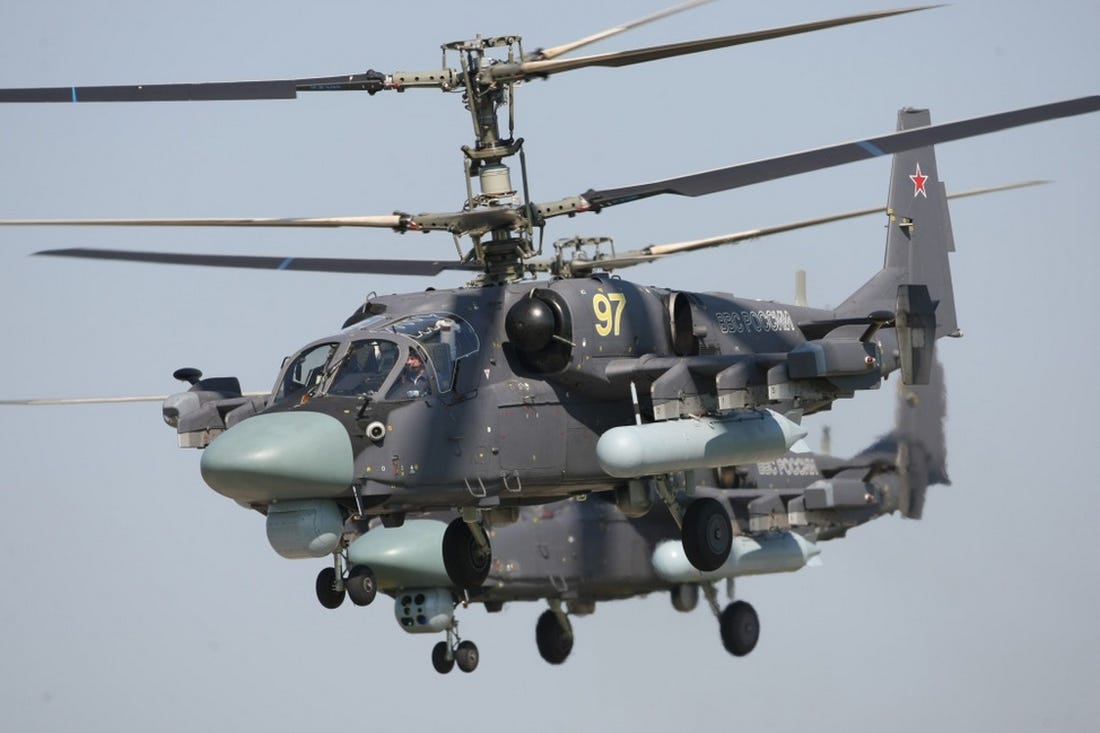
Ka-52s. Russian Helicopters photo Fast forward a quarter century, and the much-improved two-seat Ka-52 and all-weather-capable Mi-28N both are in Russian army service.
Back in 2011 a land-based Ka-52 prototype undertook initial ship-compatibility trials aboard a destroyer in the Barents Sea. Prototypes of the navalized Ka-52K attack helicopter are now under construction at the Progress plant in Russia’s Far East.
A flight-test program for the variant could start before the end of the year. The helicopter has already received the name Katran—after the spiny dogfish, a member of the shark family.
The Ka-52K for the Russian navy retains the now-proven layout, powerplant, weapons control system, ordnance and avionics of its land-based comrade. The helicopter’s coaxial rotors and robust landing gear already render it particularly suitable for deck operations, even in rough sea states.
In order to better suit its new role, however, the Ka-52K variant introduces a range of naval-specific features including folding rotor blades, folding stub-wings, revised life-support systems for the crew, emergency flotation bags for ditching and anti-corrosion treatment for the fuselage.
The helicopter will also receive new navigation equipment and an instrument deck-landing system.
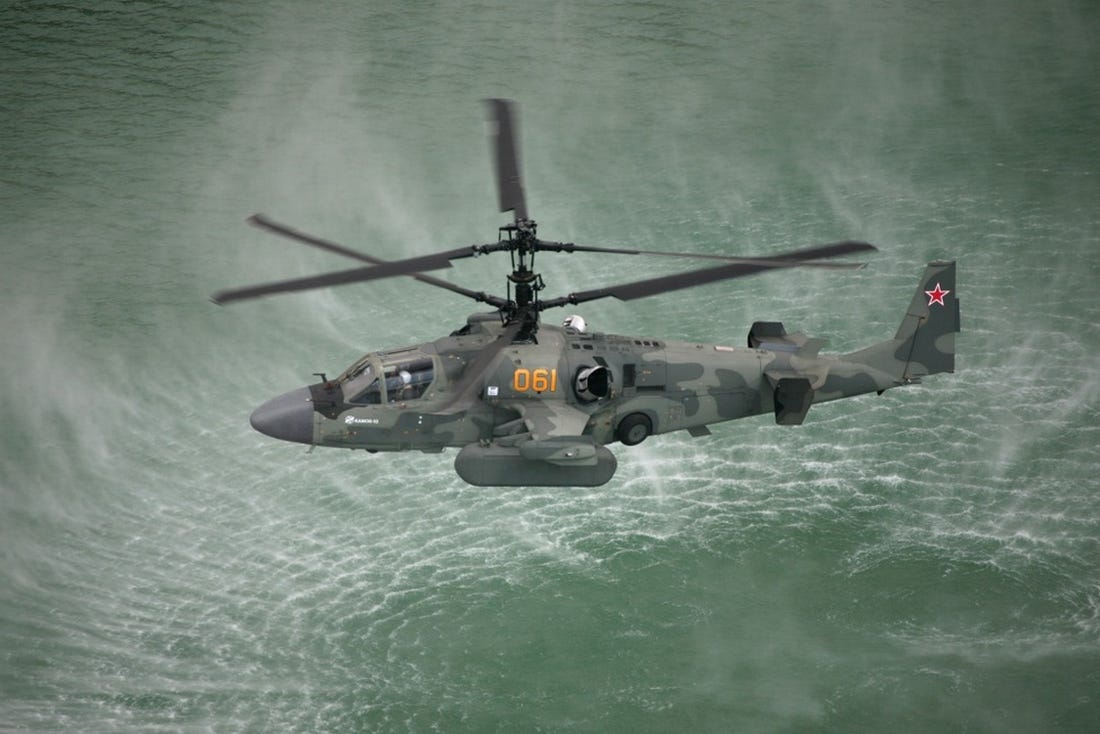
Ka-52. Russian Helicopters photo In the future, the shipborne Ka-52K may receive an updated radar, with a new centimeter-wavelength channel. This could detect surface vessels out to a range of almost 100 miles, a tenfold increase over the basic radar.
Kamov could add a new anti-ship missile in the shape of the Kh-35UV, a rough equivalent of the American Harpoon missile.
The Russian Ministry of Defense has placed an order for 32 production-standard Ka-52Ks. Progress Arsenyev Aviation Company, a subsidiary of Russian Helicopters, will build the rotorcraft.
Reports in the Russian press back in 2012 indicated that the two new Mistral-class amphibious assault ships the French are building for Russia could have air wings consisting of 30 helicopters each—a combination of Ka-52Ks for attack and Ka-29 armed troopships for assault.
In reality, 30 helicopters is very much the upper limit for the ships. A Mistral would normally carry just 16 rotorcraft.
Despite political pressure to cancel the contract in light of Russia’s belligerence in Ukraine, two Mistral-class ships, Vladivostok and Sevastapol, remain under construction at the shipyards in Saint-Nazaire, France. Moscow and Paris agreed the contract for the ships back in June 2011.
If all goes to plan, the Katran—a.k.a., the Spiny Dogfish—could enter service early next year, by which time the first of the new assault ships should have arrived in Russia’s Far East. But the helicopter needs to undergo realistic testing—and that could mean trial deployments aboard the Russian navy’s sole aircraft carrier, Admiral Kuznetsov.
The first front-line squadron operating the Ka-52K Katran should stand up in Nikolaevka, near Vladivostok in Russia’s Far East. This would put the Katrans near the Ka-52K production facility—and also close to the new assault ships’ home port.
Ping!
Perhaps our forces will introduce this one to the ALS challenge.
PING
So are those ours? If not they look like a knock-off of something we’d make.

That squiggle on the canopy? On any other aircraft I'd say that's an explosive tape to shatter the canopy for ejection.
Do the Rooskies seriously plan to eject through the counter rotating rotor arcs???
That helicopter looks like it has an ejection seat judging from the canopy. All the blades would be blown off then wham the pilot goes up and out.
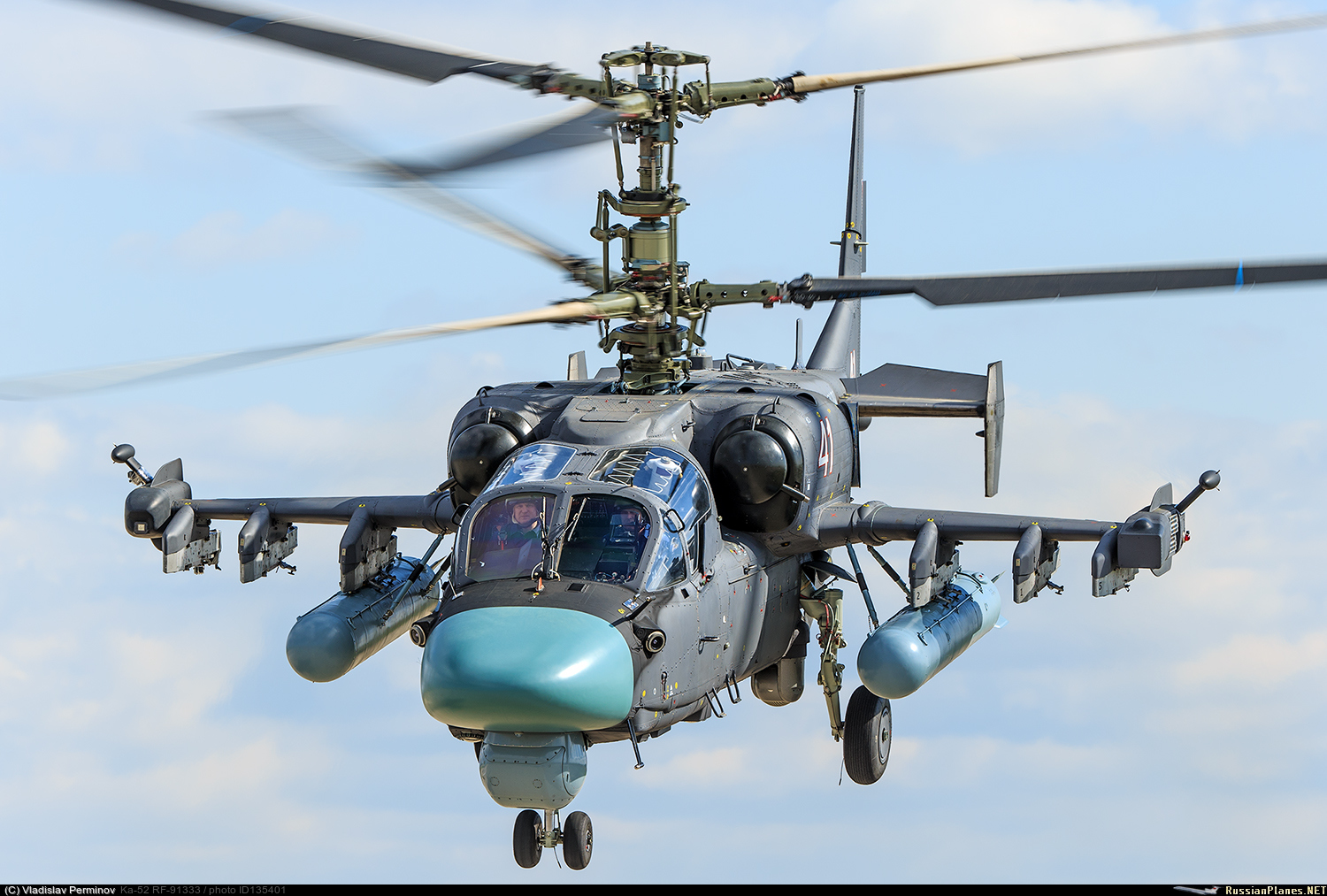
But it will also be very capable.
The new Vladivostok class LHDs are what they will operate off of.

These are good vessels from a pure capability standpoint, and the Russians paid or one upgrades (like a full enlisted well deck where the door swings up aft). But thy are not built to full, combat military specification. They use a commercial standard, which s why they are significantly cheaper than a Wasp, America, or even a San Antonio class.

This calls into question their survivability in a combat situation, damage on troll, etc. when you cut cost corners, you make trade offs.
The first, the Vladivostok has been launched (shown above) and is outfitting, and has been paid or...but not turned over yet. The second should launch late this year.
The Russians planned to build to more in Russia at the same yards where they built the aft portion of the first to.
Fact or fiction, remember “Goldeneye” the James Bond movie? Maybe the rotors have explosive separation charges?
Maybe it's synchronized, like the machine guns of WWI that fired through the propeller arc.
I received a FReepmail indicating that the blades are blown off first.
I guess the blades spiral off to Neverneverland while the main body drops and tumbles like a stone.
Then they eject.
It must be entirely too exciting...
Against pirates, and close air support for amphibious operations against weak opponents it should be very effective. Against sophisticated opponents not so much.
Large thermal and radar signature, and apparently limited range for what appear to be limited air-air defensive weapons and targeting systems on board.
Apparently the rotors are blasted off first, or at least that's what has been reported.
Otherwise the pilots would go thru a Cuisinart..!
hard to tell from that angle but seems to be a lot like a Harrier Carrier
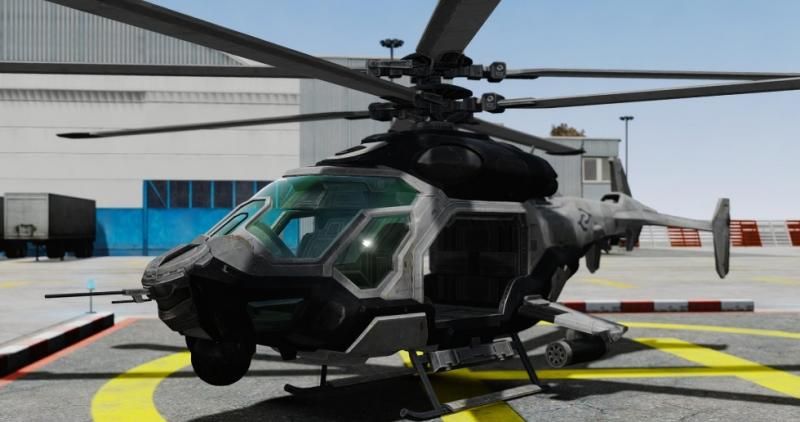
It is a Mistral-class LHD which the Russians have purchased from France.
https://en.wikipedia.org/wiki/Mistral-class_amphibious_assault_ship#Russian_purchase

thanks
Disclaimer: Opinions posted on Free Republic are those of the individual posters and do not necessarily represent the opinion of Free Republic or its management. All materials posted herein are protected by copyright law and the exemption for fair use of copyrighted works.